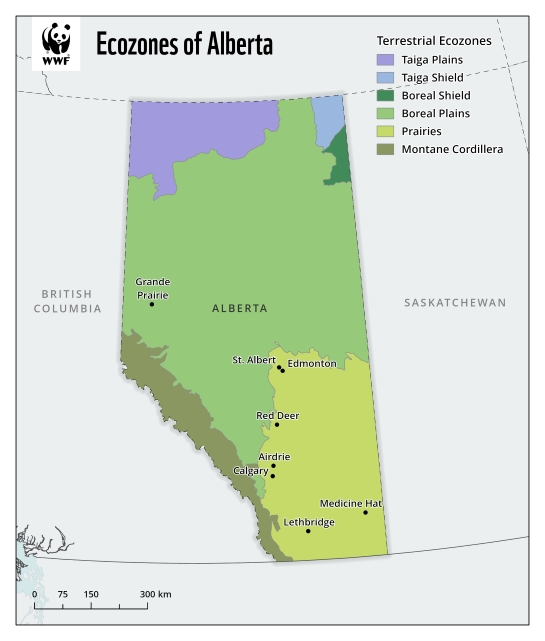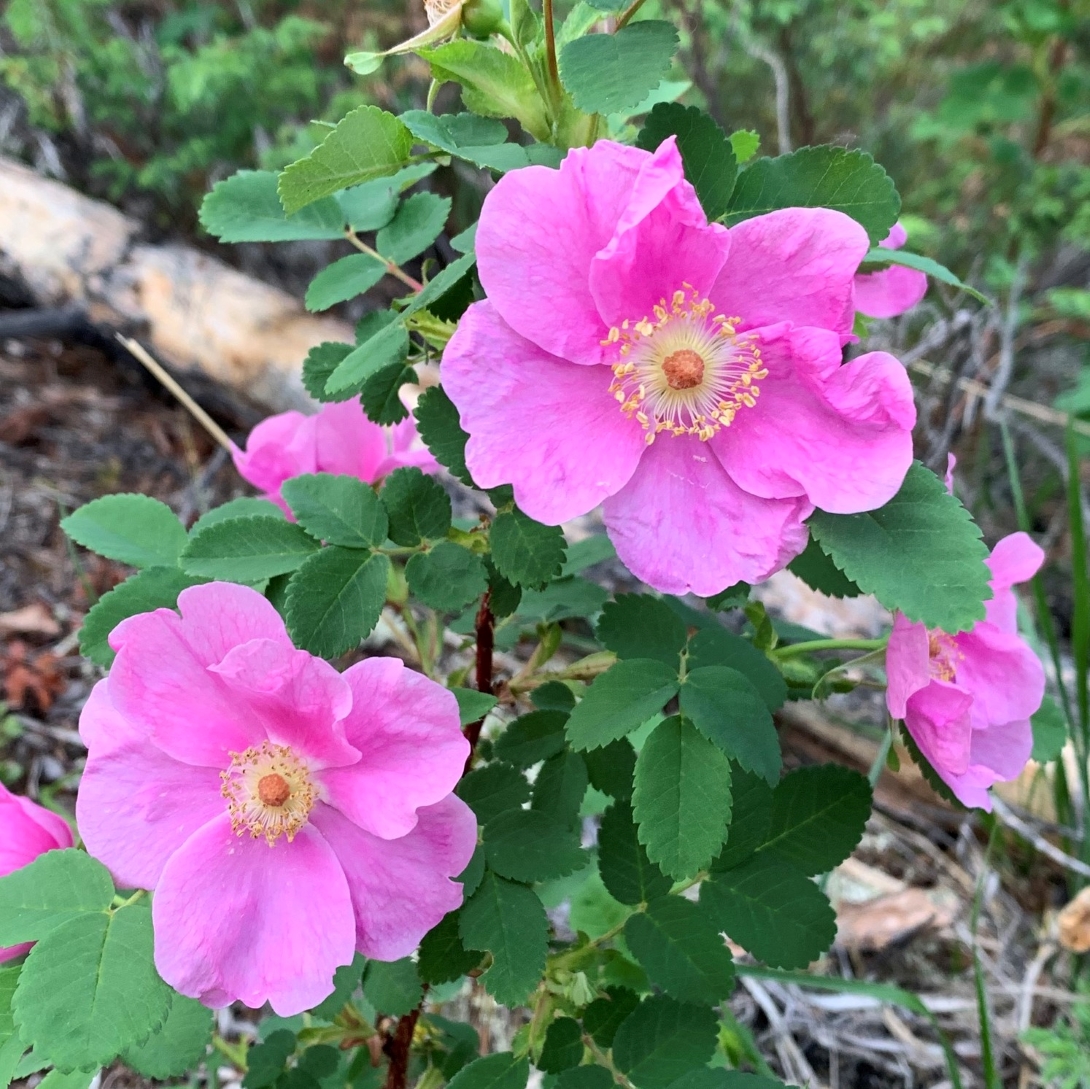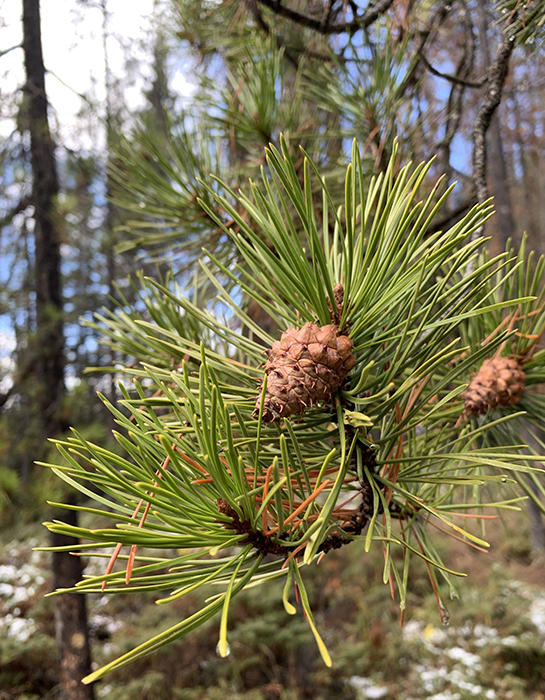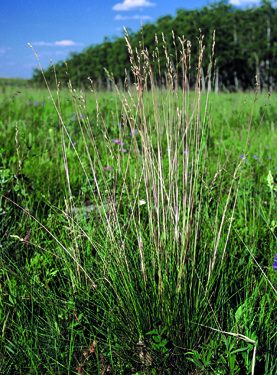Celebrating Alberta’s hardy native plants

In honour of Alberta Day on Sept. 1, we’re celebrating the province’s native plants and trees and all they do to support its varied ecosystems.
From the Rocky Mountains in the west to the Badlands in the east to the Taiga Plains in the north, Alberta has some of the country’s most compellingly diverse landscapes. Six ecozones overlap its borders, giving rise to an array of plant life that supports wildlife from ground squirrels to moose.
As in many parts of Canada, habitat loss and degradation, as well as climate change, are putting pressure on native plants and wildlife in Alberta. If you live there, you can help restore habitats by growing native plants and trees like those featured below.
The prickly rose — Alberta’s floral emblem and provincial flower
The prickly rose (Rosa acicularis) is native across northern parts of Europe, Asia and North America, including all provinces and territories in Canada other than Newfoundland and Labrador.
This medium-sized deciduous shrub is one of three species growing in Alberta. In summer, it has oval, serrated-edged green leaflets and fragrant pink blossoms with five petals. Red rose “hips” (fruits) grow later in summer and fall, when the plant’s leaves change colour and drop. This rose’s stems are orange-red and laden with the dense prickles that give this species its name.
Growing tips
If you love the beauty and scent of roses and want a hardy bush, consider adding a prickly rose to your garden. Native roses thrive in cold weather and are more resistant than horticultural varieties to disease and pests. Like other native plants, they require minimal care. To enjoy the most blooms, plant these bushes in sunny locations with well-drained soil. They can grow quickly and live up to 20 years.
Benefits for wildlife
The blooms of prickly wild rose produce pollen for insects including native bees. The rose hips provide winter food for birds and large mammals like black bears and grizzly bears. People also make tea from the flowers and rose hips, which are high in vitamin C. Thorny thickets of these plants make safe dens and nesting areas for birds and small rodents.

The lodgepole pine — Alberta’s provincial tree
The lodgepole pine (Pinus contorta) is a tall, narrow evergreen tree native to Western Canada and the western U.S. In Alberta, the lodgepole pine is found in the lower elevations of the Rocky Mountains.

Its name comes from the way in which people of many First Nations have used the straight trunks as supports for lodges or tepees. These peoples also use lodgepole pine wood for fuel, its resin (as sealant and glue) and its seeds and needles (for nourishment). In Alberta, these trees are harvested commercially for construction, poles, pulp and other uses.
Did you know that this tree species needs fire to release seeds from its cones? The extreme heat melts protective resin from the cones and allows the seeds to drop into the ground, where new trees quickly establish themselves. Learn more about the impacts of fire on ecosystems here.
Growing tips
Gardeners use this pine as an ornamental garden feature, in native plant gardens and on property borders. If you’re planting one, keep in mind that they can grow 30 metres tall and live up to 200 years.
The lodgepole pine grows well in just about any soil type and will flourish in an area that receives six or more hours of sunlight a day. As with any new tree, water well to help establish the sapling. Consider adding a barrier around young trunks to prevent wildlife from eating the tender bark.
Benefits for wildlife
Bears enjoy the inner bark of the lodgepole pine and often get sticky with resin trying to reach it. Lodgepole pinecones are devoured by red squirrels and by crossbills, birds with a unique beak structure adapted to opening the tough cones.
Alberta has a provincial grass, too: mountain rough fescue
Mountain rough fescue (Festuca campestris), Alberta’s grass emblem, represents heritage native grasslands and biodiversity in need of conservation. The largest area of rough fescue grassland in the world is found in Alberta, where there are plains, foothills and northern variations of this grass. This perennial fescue is native to Alberta, B.C. and the northwestern U.S.
A bunchgrass, (grass that grows in clumps, unlike the carpet-like growth of turfgrass), rough fescue has flowering stems that range from 30-60 centimetres tall. Its narrow blades are bright green to straw coloured and purplish at the base. The flower clusters branch off the main stem in pairs, with two small branches emerging from each node (branching point).

Growing tips
Fescue grasslands are threatened by development and invasive species. However, you can help by planting these grasses if you live in current or former grassland areas of Alberta or B.C. Once established, mountain rough fescue is dense enough to crowd out invasive plants. One advantage of growing fescue is that it has deep roots and doesn’t require fertilization or much maintenance.
Benefits for wildlife
A high protein content and easily digestible carbohydrates make mountain rough fescue important for grazing cattle as well as wild bighorn sheep, deer and elk. The way the seeds cure (or dry) on the long stems and the fact that they stick up though deep snow makes them an accessible food for wildlife through the winter. In northwestern Canada, grouse often make their nests under clumps of this grass.
Help restore native plant life in Alberta and across Canada
By growing native plants in your yard, container garden or community space, you can help restore wildlife habitats — in Alberta or wherever you live in Canada. You can learn more about growing native plants, trees and shrubs and track your impact for nature by joining re:grow, WWF-Canada’s how-to hub to support the growing native plant movement.

